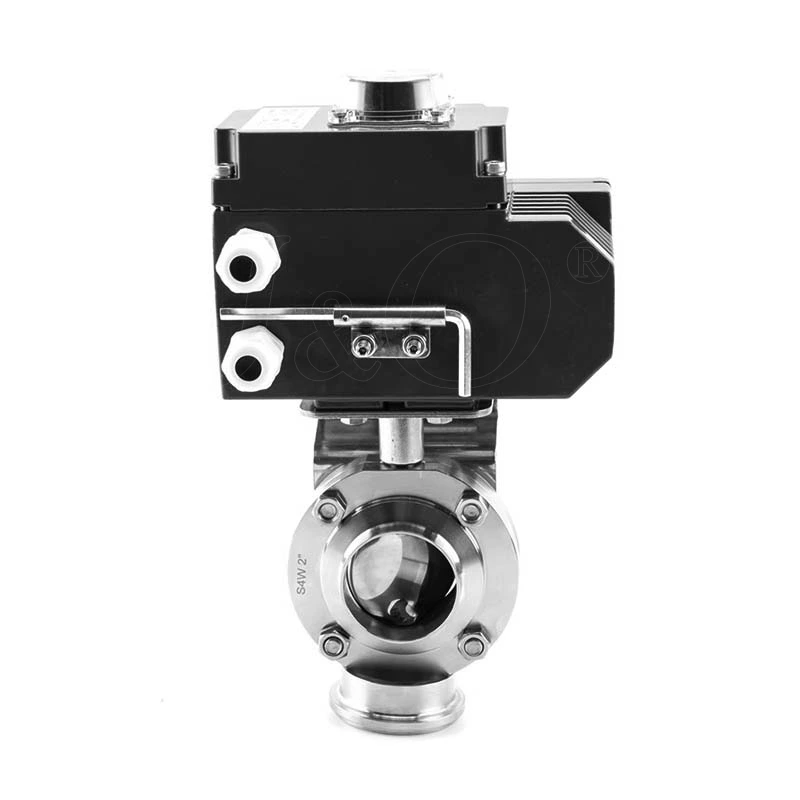Introduction To The Use Of Sanitary Butterfly Valve
Sanitary Butterfly Valve Usage Introduction
As a professional manufacturer of sanitary butterfly valves, we receive many orders for sanitary butterfly valves every year. Through these orders, we find that customers purchase according to the list of the production department rigidly, and have no idea about the caliber. There are many names, such as 1 inch, DN20, Φ32, etc. Here I want to explain to you that the specifications of sanitary butterfly valves are unified as Φ32 when purchasing, that is, the outer diameter of the matching pipe, in mm.
The sanitary butterfly valve is mainly composed of a disc-shaped valve disc, which controls the switch through the axis rotation of the valve disc center. It is a simple regulating valve, and can also be used for the switch control of low-pressure pipeline media.
Sanitary butterfly valves are mainly used in pipelines that transport various corrosive and non-corrosive fluid media in systems such as mineral water engineering, beer machinery, filling machines, rice wine engineering, chemical machinery, food machinery and dairy machinery to regulate and cut off the flow of media.
The rotation angle of the sanitary butterfly valve is positively correlated with the flow rate. In simple terms, it is linearly proportional. Simply put, to reduce the flow rate, the opening angle of the valve disc should be reduced. At the same time, the diameter of the matching pipeline should also match the diameter of the sanitary butterfly valve. Otherwise, it is easy to have a situation where a small horse pulls a big cart, and the sanitary butterfly valve cannot really play its role, causing losses.
If the medium used by the sanitary butterfly valve is corrosive, then under unobstructed conditions, the sanitary butterfly valve should either be in a closed state or open at an angle greater than 15° to ensure that the flow rate of the medium is in a larger state, avoiding corrosion of the valve disc due to too low a flow rate, thereby shortening the service life of the sanitary butterfly valve.
When the sanitary butterfly valve is in the middle opening, which is about 45°, the front end of the butterfly plate on one side of the sanitary butterfly valve moves in the direction of the water flow, and the other side moves in the reverse direction of the water flow. This state easily causes the rubber seal to fall off. This is because the valve body and valve disc on one side form a nozzle phenomenon, while the valve body and valve disc on the other side form a throttling type, forming convection and pressure difference.
